Optimal Timing for Concrete Installations

Ways to make Concrete Installations work in tight or awkward layouts.
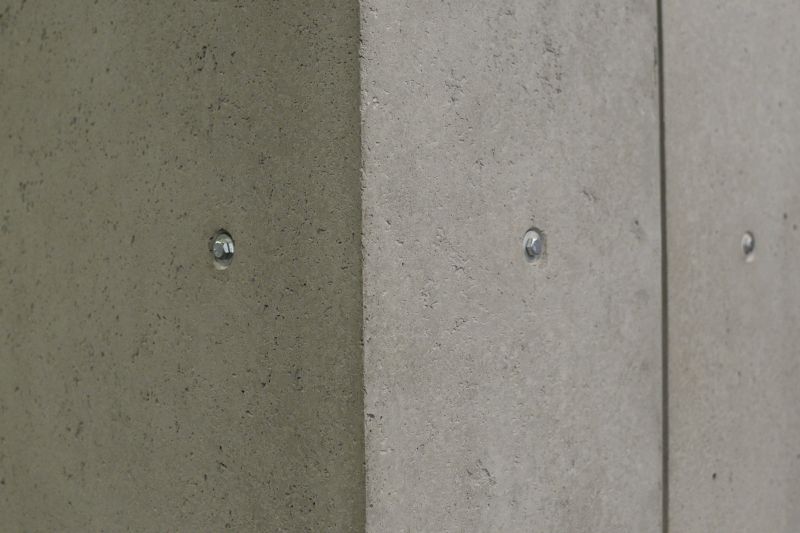
Popular materials for Concrete Installations and why they hold up over time.
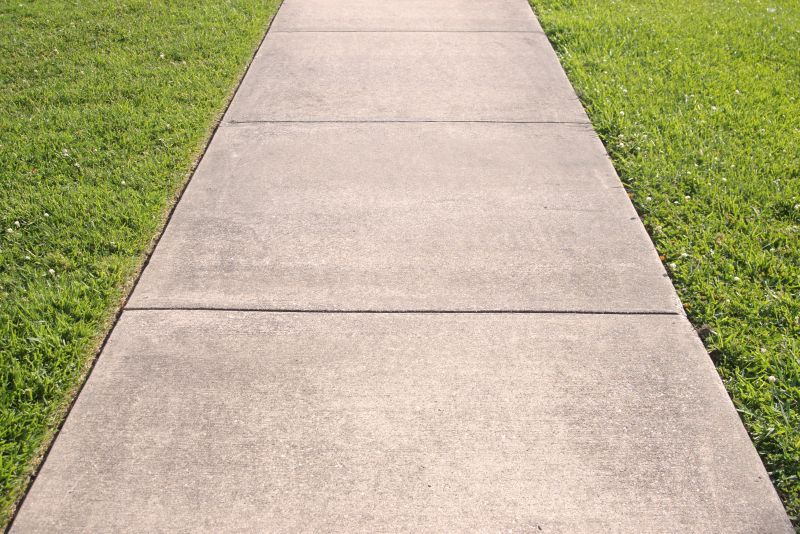
Simple add-ons that improve Concrete Installations without blowing the budget.
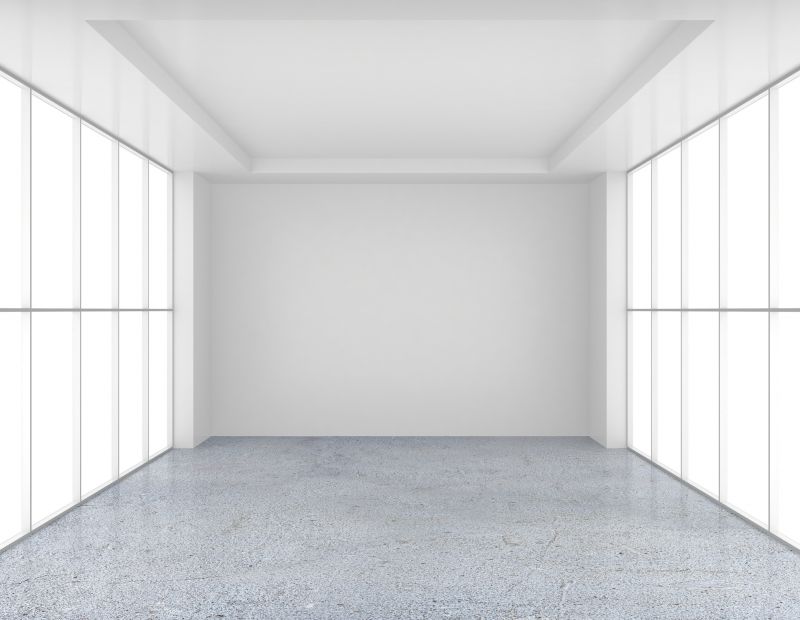
High-end options that actually feel worth it for Concrete Installations.
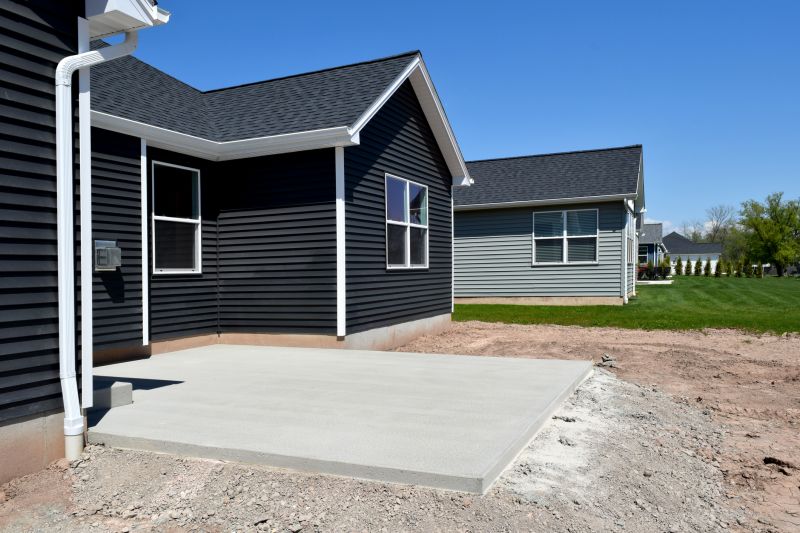
Finishes and colors that play nicely with Concrete Installations.
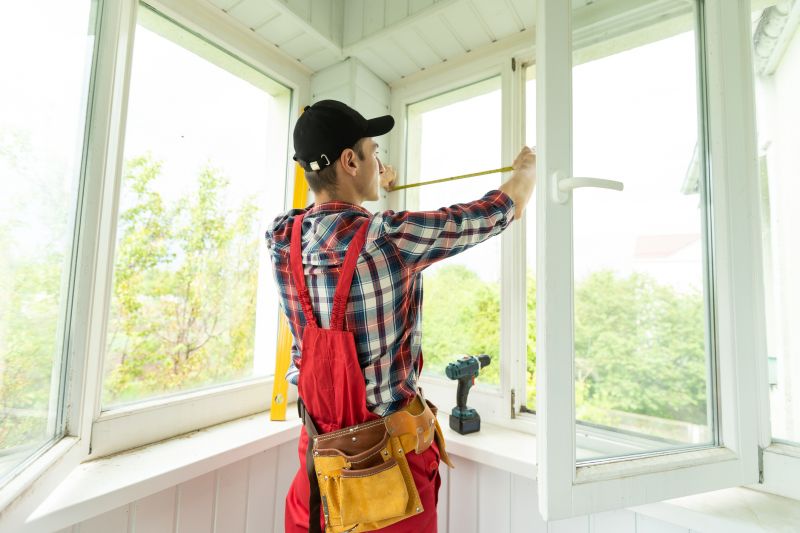
Little measurements that prevent headaches on Concrete Installations day.
Concrete installations are highly dependent on weather conditions for optimal curing and durability. The ideal time for pouring concrete typically aligns with moderate temperatures and low humidity, which help prevent cracking and ensure proper setting. Spring and fall often provide the most suitable conditions, avoiding extreme heat or cold that can compromise the integrity of the concrete.
In regions with harsh winters, concrete work is generally avoided during the coldest months due to the risk of freezing before curing is complete. Conversely, high summer temperatures can cause rapid drying, leading to surface cracking. Proper planning around seasonal weather patterns can enhance the longevity and quality of concrete installations.
Spring offers mild temperatures and lower humidity, ideal for concrete curing and strength development.
Early summer can be suitable if measures are taken to manage heat and evaporation.
Fall provides cooler weather, reducing the risk of rapid drying and cracking.
Winter is generally unsuitable due to freezing temperatures, which can hinder curing.
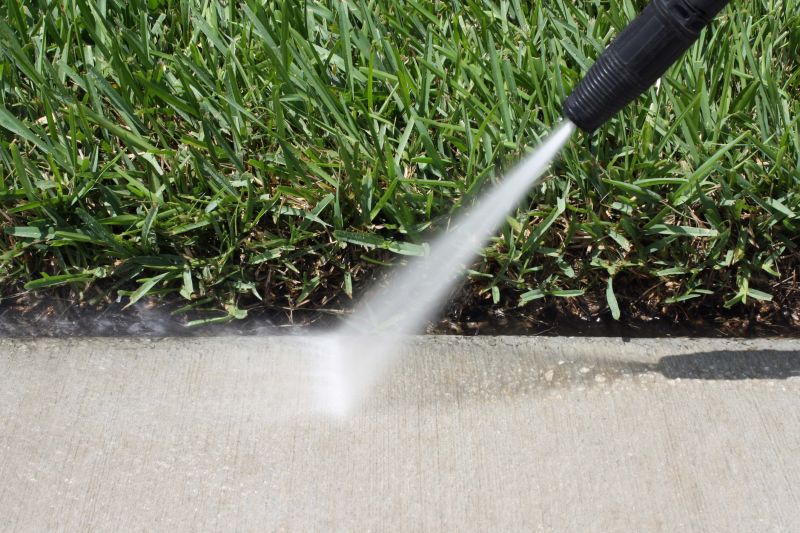
A 60-second routine that keeps Concrete Installations looking new.
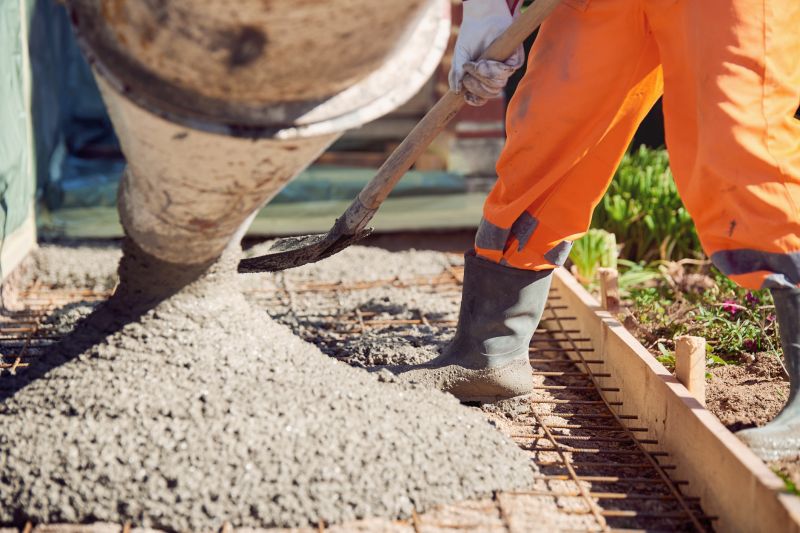
A frequent mistake in Concrete Installations and how to dodge it.

Small tweaks to make Concrete Installations safer and easier to use.

Lower-waste or water-saving choices for Concrete Installations.
| Season | Recommended Conditions |
|---|---|
| Spring | Moderate temperatures, low humidity, no frost risk |
| Summer | Early morning or late evening, manage heat and evaporation |
| Fall | Cooler temperatures, stable weather, low risk of freezing |
| Winter | Generally unsuitable due to freezing temperatures |
| Overall | Optimal conditions include temperatures between 50°F and 85°F with low humidity |
Concrete installations require careful timing to ensure the material cures properly and achieves maximum strength. Understanding seasonal weather patterns and planning accordingly can prevent common issues such as cracking, surface scaling, or delayed setting. Proper scheduling and weather monitoring are essential for successful projects.
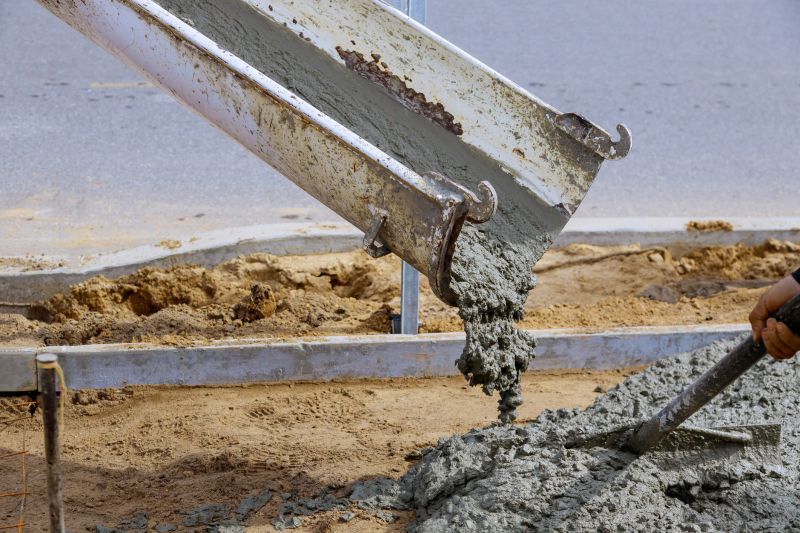
The short, realistic tool list for quality Concrete Installations.
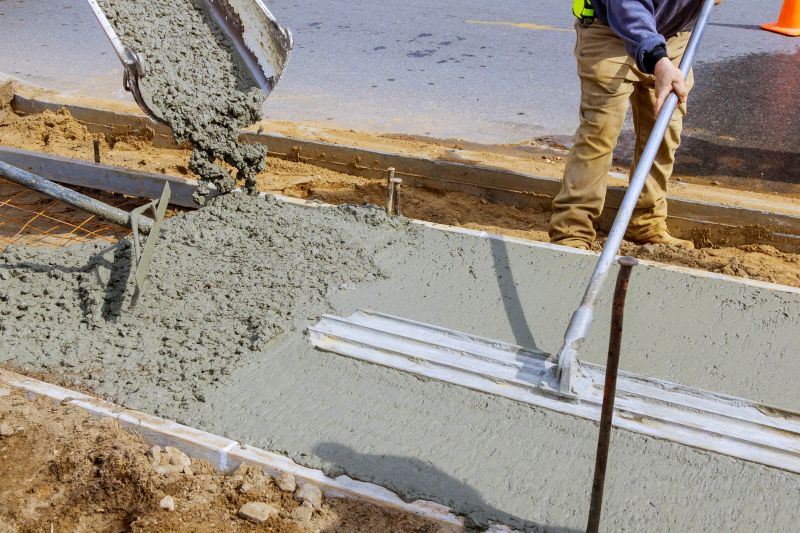
Rough timing from prep to clean-up for Concrete Installations.
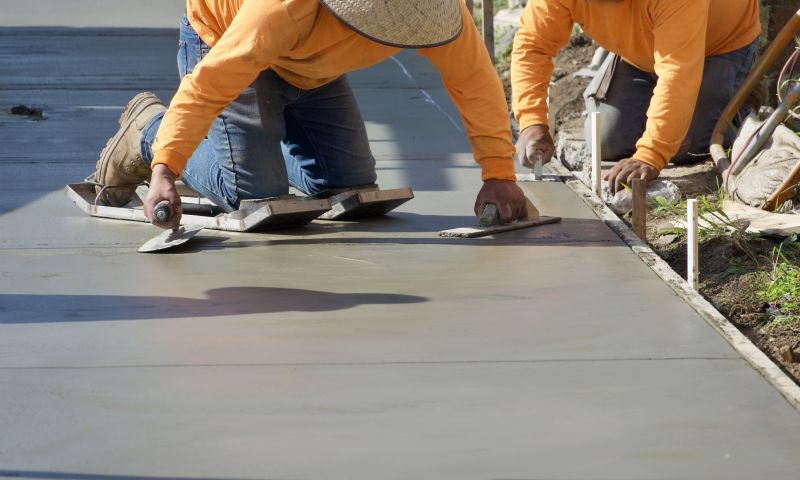
Quick checks and paperwork to keep after Concrete Installations.

Examples that show the impact a good Concrete Installations can make.
For those interested in scheduling concrete work, it is recommended to plan during the seasons with the most stable weather conditions. Consulting with local contractors about seasonal best practices can lead to better results and longer-lasting installations.

